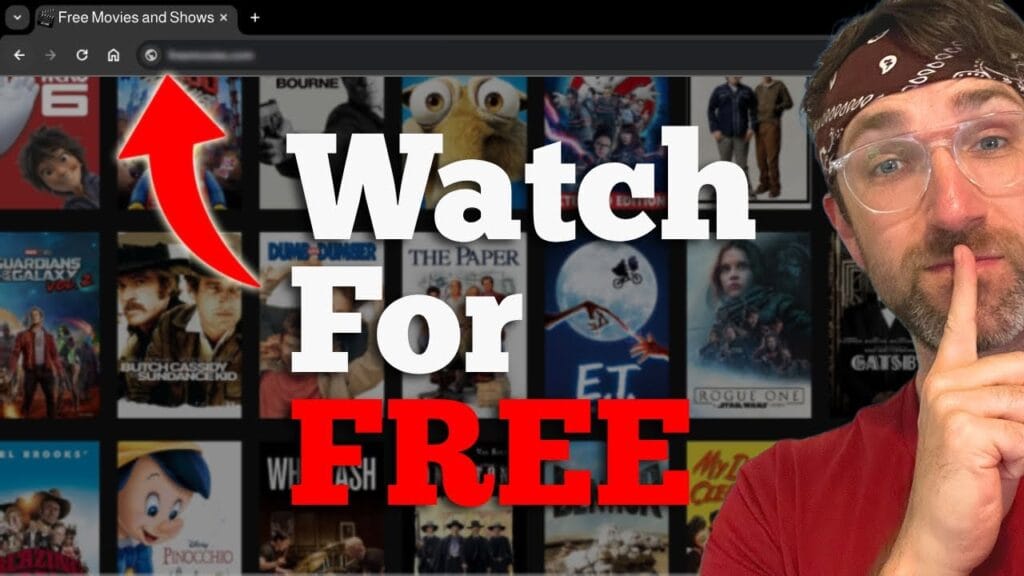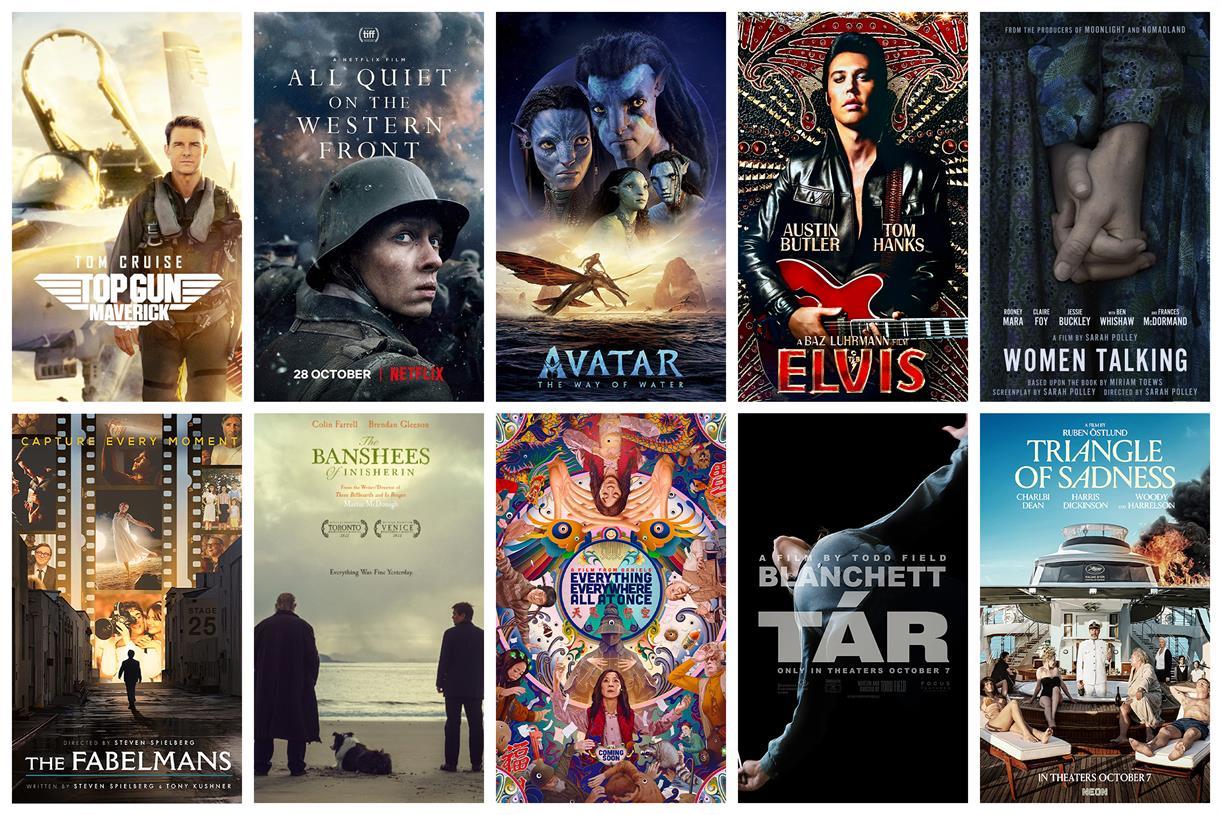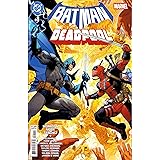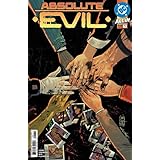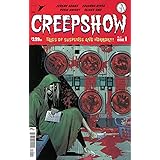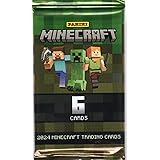1.
Colleen Ballinger skyrocketed to fame in the late 2000s through her alter ego Miranda Sings, who would confidently and badly sing popular songs with lipstick smeared above her top lip. She was able to foray this into a Netflix special and show, and she was successful for over a decade — until allegations came out that she’d put underage fans in exploitative positions and engaged with them in inappropriate ways.
Brands began to pull ads from Ballinger’s projects as public backlash increased, but the nail in the coffin for Ballinger was her “apology” video. In the video, she decided to sing about the allegations while playing a ukelele, saying, “Even though my team has strongly advised me to not say what I want to say, I recently realized that they never said that I couldn’t sing what I want to say, so…” Ballinger was widely mocked, and has not posted on her official YouTube channel in two years, though she continues to post on her vlog account. Still, her reputation never really recovered.
2.
In the mid-to-late 2010s, Ruby Franke ran the popular family vlog 8 Passengers, where she showcased content with her husband and six kids. Some of her parenting (specifically discipline) methods, including withholding food and making a child sleep on a bean bag for months, began to receive backlash in 2020, leading to her YouTube page becoming less and less popular. It was later deleted, and Franke began to make other content with counselor and business partner Jodi Hildebrandt.
This career turn may have been successful, but the next year, both Franke and Hildebrandt were arrested on child abuse charges after one of Franke’s children escaped Hildebrandt’s house from a window and asked a neighbor for food and water, appearing malnourished and injured. Both pled guilty to four counts of aggravated child abuse and were sentenced to up to 30 years in prison. Franke has obviously not made content since.
3.
Myka and James Stauffer were popular family vloggers who consistently posted about parenting their four children on YouTube. Then, in 2017, the parents adopted then-2-year-old Huxley from China. They documented the difficulties of this process, as well as Huxley being diagnosed with autism post-adoption. Then, in 2020, Huxley began to disappear from their videos. They then posted a long video saying he had been “rehomed.”
The backlash was strong and swift, with several brands cutting ties with the Stauffers. They deleted their YouTube Channel, and Myka has not posted on Instagram since her apology. James currently runs a car detailing account.
4.
Ali Abulaban (@jinnkid) grew famous through comedy videos on TikTok, which sometimes involved his partner, Ana, who later found internet fame of her own. Growing jealous and possessive, Ali began to abuse Ana, even livestreaming some of his verbal abuse. He murdered her and her friend, Rayburn Barron, in October 2021 and was later found guilty of their murders and sentenced to life in prison.
5.
Ladarius Morshun Brownlee, one half of TikTok couple @denoandzahra, gained fame for his videos with then-girlfriend Seyeddah “Zahra” Hashemi. But last year, witnesses claimed Brownlee and Hashemi got into an argument that turned physical, leading to Zahra being shot. Brownlee, according to authorities, allegedly confessed to having shot her on a 911 call and with detectives. He was arrested, while Hashemi survived but, according to her sister, suffered a traumatic brain injury.
Brownlee later pleaded guilty to charges, with his lawyer claiming the gun accidentally discharged. He was sentenced to ten years’ probation. The couple apparently remains together, but they have not posted since last May.
Jaystation (real name: Jason Ethier) posted multiple videos about her “death,” including one where he attempted to contact her using an Ouija board. Then he admitted the whole thing was a lie, claiming Marano was in on it but that she’d since left him. Marano then spoke out and said she hadn’t wanted to go through with it, but that she was afraid of Ethier, whom she called controlling. Ethier claimed Marano was trying to ruin his life with false accusations about an assault weapon. Ethier’s career took a massive hit, and his YouTube accounts were later suspended, which marked the end of his YouTube career.
7.
Jeffree Star is perhaps one of the most infamous examples, both because of how far he fell and because of the sheer number of controversies. After initially rising to notoriety through MySpace and music, Star launched a makeup brand and YouTube channel, earning him more widespread fame. But in the mid-to-late 2010s, Star began to face backlash as fans and ex-friends recalled instances of racism. This ultimately led to Morphe dropping ties with him.
Star apologized in 2017, but in 2020, he was accused of sexual assault, physical assault, abuse, and payouts to accusers (his attorney denied all allegations). In the wake of these controversies, along with a public feud with James Charles, he lost hundreds of thousands of followers, and his brand suffered.
He later made anti-nonbinary remarks about “they/them” pronouns being “stupid” and “bullshit,” though he said he was not anti-trans. Today, he is still finding success but has been hindered by the amount of backlash and is a wildly controversial figure.
8.
Beauty guru and YouTuber James Charles’ career was riddled with controversy from the beginning, but things really took a turn when fellow YouTuber Tati Westbrook posted the video “Bye, Sister” in 2019, detailing the breakdown of her friendship with Charles. She also accused him of being sexually manipulative, which Charles denied in a response video. That same month, model Gage Gomez accused Charles of pressuring him into sexual situations. Charles responded on Twitter and said anything that had gone down between the two was consensual and that they’d been talking for many months prior.
Things were shaky for Charles for the next few years, though Westbrook said she had been manipulated into making her initial “Bye, Sister” video against Charles by Jeffree Star and Shane Dawson (also, incidentally, on this list). Then, in 2021, Charles was also accused of grooming an underage boy and sending explicit photos on Snapchat. Charles did not deny the messages between the two but did deny knowing the boy’s age was 16. Three more boys came forward claiming inappropriate behavior from Charles, and Charles was fired as the host of Instant Influencer.
Charles apologized to two victims and said he was unaware of the power dynamics at play while messaging them but denied other allegations. Morphe then cut ties with Charles (though Charles’ team stated they requested this), and YouTube temporarily demonetized his videos. He lost up to millions, and his younger brother stopped speaking to him. He attempted a comeback, launching the makeup brand Painted. He still regularly posts YouTube videos, but they receive vastly fewer views than in the past. In 2021, he surpassed Jeffree Star as the most disliked beauty YouTuber.
9.
Shane Dawson was one of the first major YouTube stars back in the 2000s. After a decade of success, in the 2010s, some of his old videos began to resurface, with fans accusing him of racism and pointing to jokes he had made about pedophilia and animal abuse. He apologized in June 2020, but the damage was done, especially after he was accused of sexualizing Willow Smith as a minor. Target pulled his books from circulation, and YouTube temporarily demonetized Dawson’s videos.
Dawson then took a long break from YouTube but returned in late 2021, though his videos were less successful than they had been previously. Dawson continues to be a controversial figure, in part due to his continued collaboration with Jeffree Star. His popularity is nowhere near where it used to be.
10.
David Dobrik first became famous on Vine, transitioning to a career on YouTube and later a successful podcast. He and his friends came to be known as “The Vlog Squad” — which made headlines when one member, Dom Zeglaitis, was accused of a rape that reportedly occurred during a night shoot for a video with Dobrik. Zeglaitis was also accused of other sexually inappropriate conduct.
Another Vlog Squad member, Seth Francois, said he was tricked into kissing a fellow male group member while blindfolded. He later detailed the racist treatment he received as part of the group. Another former member, Nick Keswani, said he was continuously mocked in the group. Fellow influencer Trisha Paytas said while she was dating group member Jason Nash, she was involved in a prank where Dobrik hid while she had sex with Nash and then filmed her naked, which she was unaware of. She said she asked the video not to be posted, but it was.
Dobrik posted a video apologizing to Francois and saying he’d taken a step back from Zeglaitis, and overall saying he was “disappointed by some of [his] friends,” though many found his apology insufficient. Multiple companies then distanced themselves from Dobrik, and his subscribers and views on YouTube plummeted. Dobrik apologized again, calling out his last apology video and specifically discussing the accusations against Zeglaitis. He acknowledged “creating an unfair power dynamic,” but the damage was done.
YouTube temporarily demonetized Dobrik’s channel (and Zeglaitis’s), and Dobrik took a break from the platform. However, he returned not long after and again found success. But then former Vlog Squadder Jeff Wittek posted a video describing an injury he received while filming a video for Dobrik and later sued him for negligence, reigniting controversy. The lawsuit appears to be ongoing.
11.
Swedish streamer and YouTuber PewDiePie became wildly popular in the 2010s for his video-game-related content and vlogging. He had made several controversial jokes, comments, and videos over the years, but the real backlash began when he paid two people to hold a sign saying, “Death to all Jews.” PewDiePie apologized but called accusations of anti-Semitism “unfair,” saying he was just trying to show people “would say anything for five dollars.” He later used the n-word in a livestream. His YouTube Red show, Scare PewDiePie, was canceled, and Disney cut ties with him. Google Preferred also cut him from their advertising program.
12.
Australian health influencer Belle Gibson became well-known online for her diagnosis of terminal brain cancer — which she’d somehow managed to survive through whole foods and alternative therapies. She then created The Whole Pantry App and accompanying book and continued providing wellness content, claiming she was donating much of the money she made to charity. After people began to doubt aspects of her story in 2015, she admitted she had lied about having cancer. She was later fined 410,000 Australian dollars and has largely disappeared from the public eye. Authorities are still trying to get Gibson to pay the fine.
13.
TikToker @jorobe (real name: John Robert Bell) blew up on TikTok over his videos calling out other creators and promoting a safe space for young people. Ironically, in 2021, Bell was accused of grooming by TikToker @dylg16, who claimed he had begun a friendship with Bell while underage. He said Bell had asked him to get an Airbnb with him on his 18th birthday and also offered to buy him alcohol. He also claimed Bell had attempted to alienate him from his friends and asked him, along with a group of other young creators, to take a BDSM test. Bell did not respond publicly; instead, he deactivated his TikTok, Twitter, and Instagram accounts.
14.
Caroline Calloway first became popular on Instagram in the 2010s, and as a result, she sold a book proposal she’d written with her friend Natalie Beach. However, when she failed to submit a full manuscript, she made headlines and was ordered to pay back $100,000 to the publisher. At first, it seemed her career might survive, but it all came crashing down in 2019. First, she sold tickets to a “Creativity Workshop” that was met with backlash over its value, with many comparing it to Fyre Festival.
Later that year, Natalie Beach published an essay with The Cut, exposing her toxic relationship with Calloway, detailing her contributions as Calloway’s collaborator and ghostwriter, and claiming that Calloway had bought followers. In a response, Calloway said many of the things she’d said to Beach were lies and that she’d been a “shitty friend.” She also admitted to buying followers. However, she also said that Beach did not help her become famous and only assisted with “captions that no one read” and a book proposal “only book editors saw.”
Calloway later embraced the accusations, publishing a book titled Scammer (Beach also published a book). This came after she left New York and moved to Florida to focus on writing. She was able to recover with her book, which was well-received, and released a second book last year. While she has made a comeback, her brand is vastly different, and she still has her detractors.
15.
Finally, Logan Paul initially became famous on Vine before transitioning to YouTube. His first significant backlash came in 2017 when he posted a video titled, “We found a dead body in the Japanese Suicide Forest,” which literally featured a corpse. The video garnered widespread backlash, and YouTube took Paul off its Google Preferred ad tier. Paul took a three-week break from YouTube and then apologized, donating $1 million to suicide prevention. However, he soon posted videos involving tasering dead rats and giving “CPR” to a koi fish, and YouTube pulled all ads from his videos.
He’s since ventured into a career in wrestling and continued to create content (ads were again allowed on his videos), but he’s still a widely mocked and hated creator.


